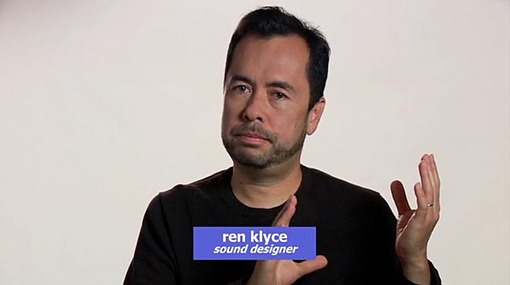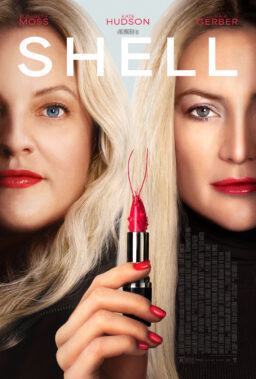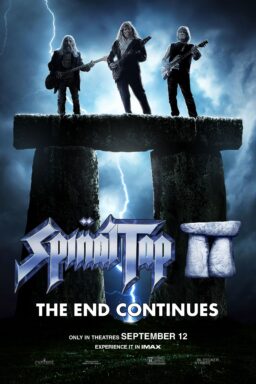For many years, record producers and engineers have spliced together the best takes of pop vocals and orchestral performances to create the version that is finally released to the public on disc or download. I don’t know why it never occurred to me that sound editors for movies wouldn’t do the same thing with dialog, but I hadn’t thought about it until I watched the extras DVD for “The Social Network” the other night.
Obviously, various takes of performances are cut together in editing, and the dialog is often looped in post-production for any number of reasons — to smooth over the differences between takes, to change line readings, or simply to compensate for inadequate sound quality from the original recording. But the David Fincher editing team of Kirk Baxter and Angus Wall (recent Oscar-winners) and sound designer Ren Klyce (my new movie hero, alongside Skip Lievsay).
First of all, the editors get a lot of material to work with. But let’s clear up the whole “99 takes” thing. It’s not what it may sound like. Fincher did 99 takes during the shooting of the opening scene, for example — but he didn’t simply make the actors do the same thing 99 times in a row. As Wall and Baxter told Vanity Fair:
Angus: Well, he may have shot 99 takes, but he doesn’t actually send all 99 takes to us. I think it was usually 60-odd takes and 30 he didn’t like. The great thing with David is you get a lot of material. Having that allows you to do things that make the scene much better.
Kirk: It’s not like he’s shooting one shot, 99 times. He’s also getting all his coverage. He might do that master for a bunch of takes, then he’ll get the over-the-shoulder, then the close-up. He’s going to make sure he’s got a great performance from every angle.
From the DVD supplement on editing with Baxter, Wall and Klyce:
Baxter: At the beginning, [Fincher] gives you sort of “big picture” direction. It’s like: This is what the scene should feel like; this is what the scene’s about. And then once you start cobbling it together and you have this thing that’s sort of working — like all the words are there… but the meaning hasn’t really been brought out of all the performances — then he starts to drill in and you start to look at the specifics.
Wall: No scene is ever really locked…. You start looking for words within takes, and then you’ll start, toward the end, looking for syllables within words.
Klyce: What’s challenging for us was that David might choose a take visually that he liked, but then he’d want to choose a different audio take and match that. And then within the audio take he’d want to choose different words that he felt were the best performances. So, a lot of the performances you hear… it’s the actors, but stitched together from different dialog readings.











